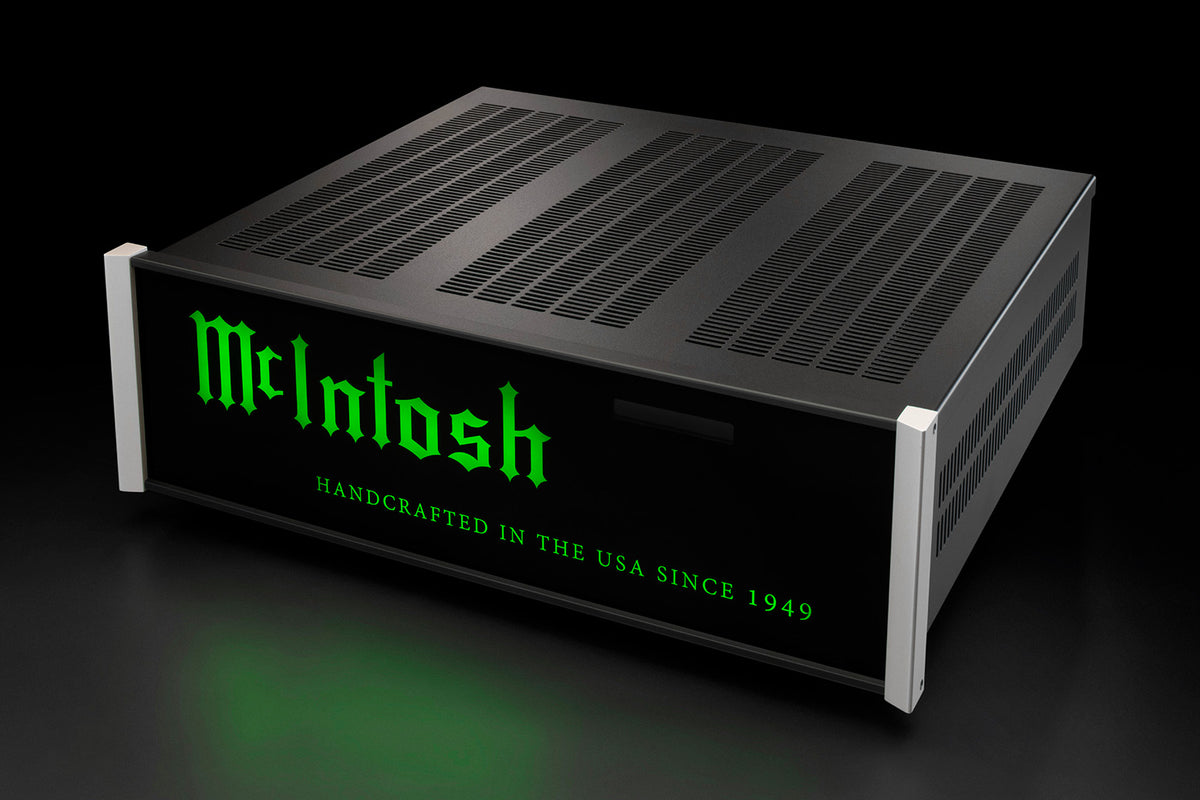I admire your science minded enthusiasm although there is pure applied science at play here and it is all provable stuff.Exciting this.
It's just a matter of trying to find the source. Mix more speakers into the whole thing and experiment with them. Preferably one more amp. Experiment with different combinations. Move the stuff around physically and see what happens, change rooms, change houses and test. All to see when the phenomenon occurs.
See if you can record how loud it sounds and at what frequency or frequencies the phenomenon occurs.
As per post #187 of this thread the solution is not to create more facts & more ideas but to solve what is before us.



